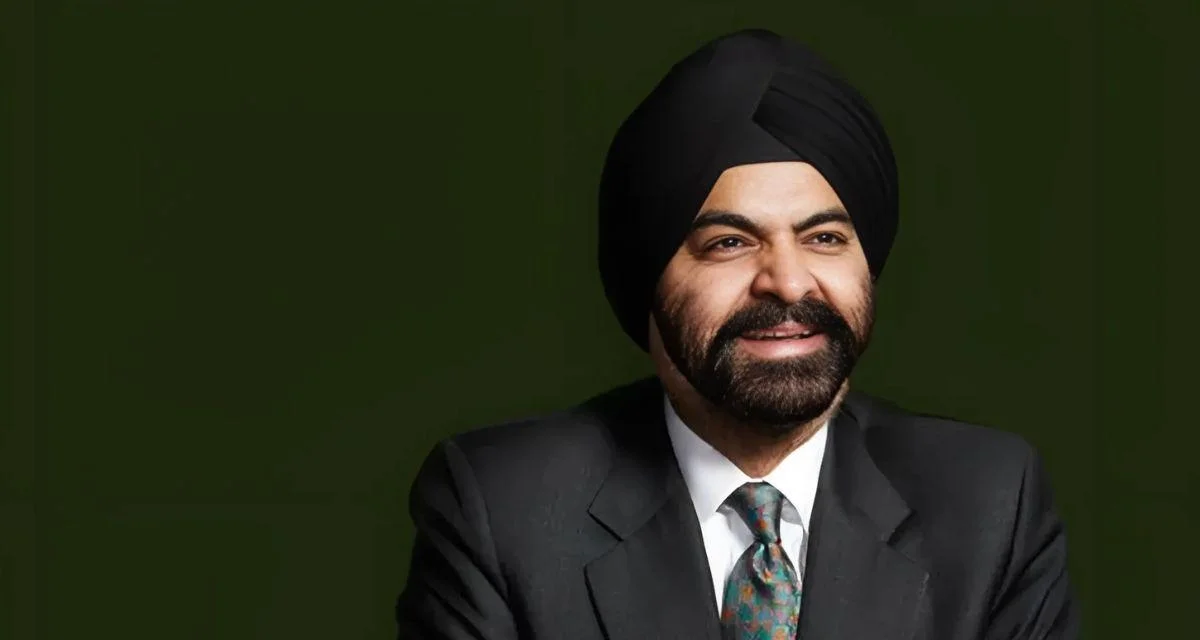Togo's economic growth, which averaged over 6% annually from 2021 to 2023, is projected to slow to 5.3% in 2024 and 5.0% in 2025. The slowdown is attributed to tighter fiscal policy, weaker global demand, and electricity supply disruptions. Despite these obstacles, the services sector remains active, and agriculture continues to perform well even as the country faces food insecurity and climate challenges.
The government has managed to reduce the fiscal deficit to 6.4% of GDP in 2024 through improved revenue collection and decreased public investment. However, public debt has risen to 72.1% of GDP, with an increasing reliance on short-term borrowing. Officials stress the need for continued fiscal discipline while maintaining investments in human capital and infrastructure and improving the efficiency of public spending.
Looking ahead, Togo’s economy could stabilize at around 5.5% growth between 2026 and 2027 if global uncertainties diminish and fiscal consolidation targets are achieved. Private investment—particularly in the Adétikopé industrial platform (PIA)—and moderate inflation are expected to support this recovery. Nonetheless, risks such as regional instability in the Sahel, geopolitical tensions, and climate shocks remain significant concerns that could worsen poverty levels.
Tax mobilization efforts have shown some success; domestic revenue as a share of GDP increased from 12.1% in 2013 to 14.7% by 2023 due to institutional reforms and digitalization measures. Despite these gains, Togo’s tax base remains limited. Experts recommend rationalizing tax expenditures, integrating the informal sector more effectively into the tax system, expanding property taxation, and introducing environmental taxes such as eco-taxes or a carbon tax—measures that could generate up to an additional one percent of GDP annually by 2035.
Reform priorities include enhancing management of public investments through improved project selection and planning that incorporates climate risk considerations and encourages public-private partnerships (PPPs). Improving governance, transparency, accountability in project management, increasing spending efficiency, and targeting fiscal policies toward essential services are also identified as necessary steps.
To achieve sustained growth above six percent per year and move toward high-middle-income status by 2045, Togo will need accelerated structural reforms alongside stronger domestic resource mobilization and strategic investments in both human capital and infrastructure.
"Togo needs to accelerate structural reforms to achieve growth potential of 6% or more, reduce extreme poverty, and aim for high-middle-income status by 2045.
This requires increased domestic resource mobilization, strategic investments in human capital and infrastructure, and strong political commitment to ensure social cohesion and economic resilience."

